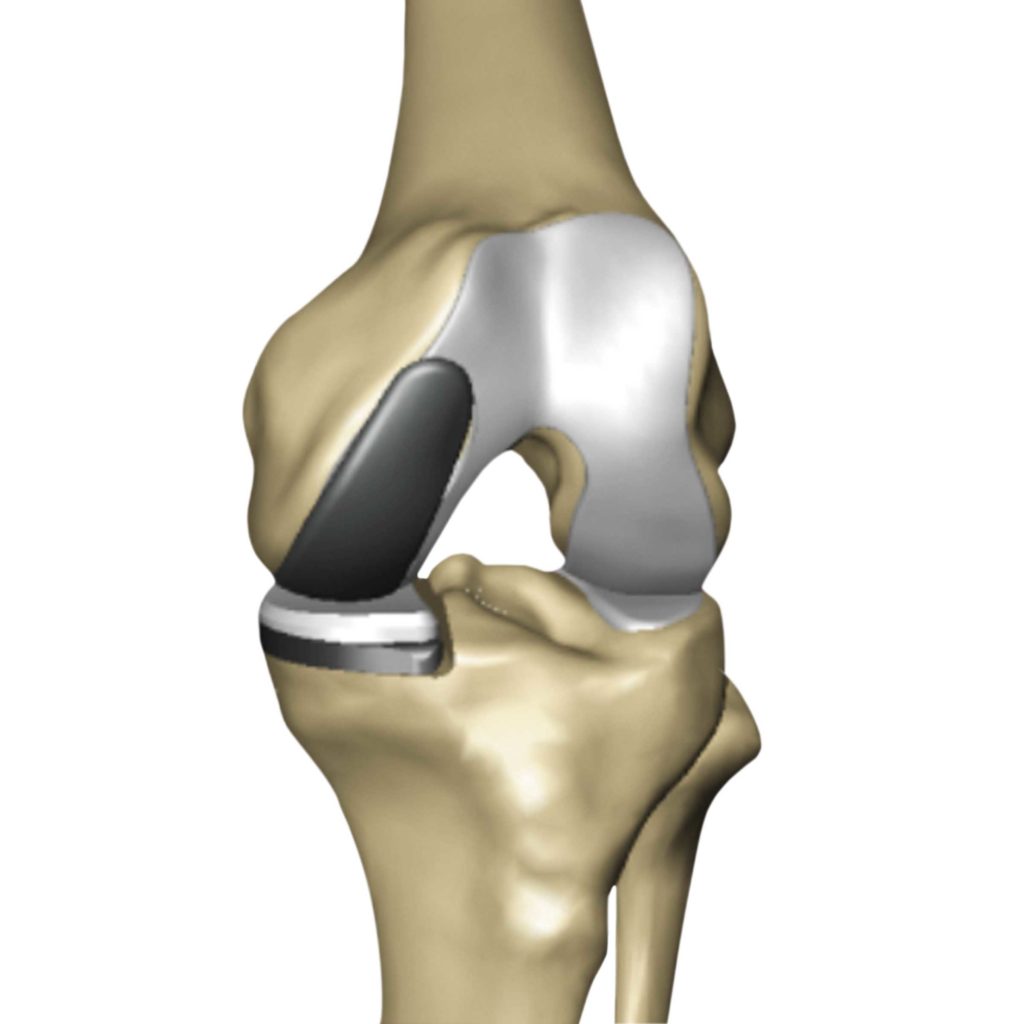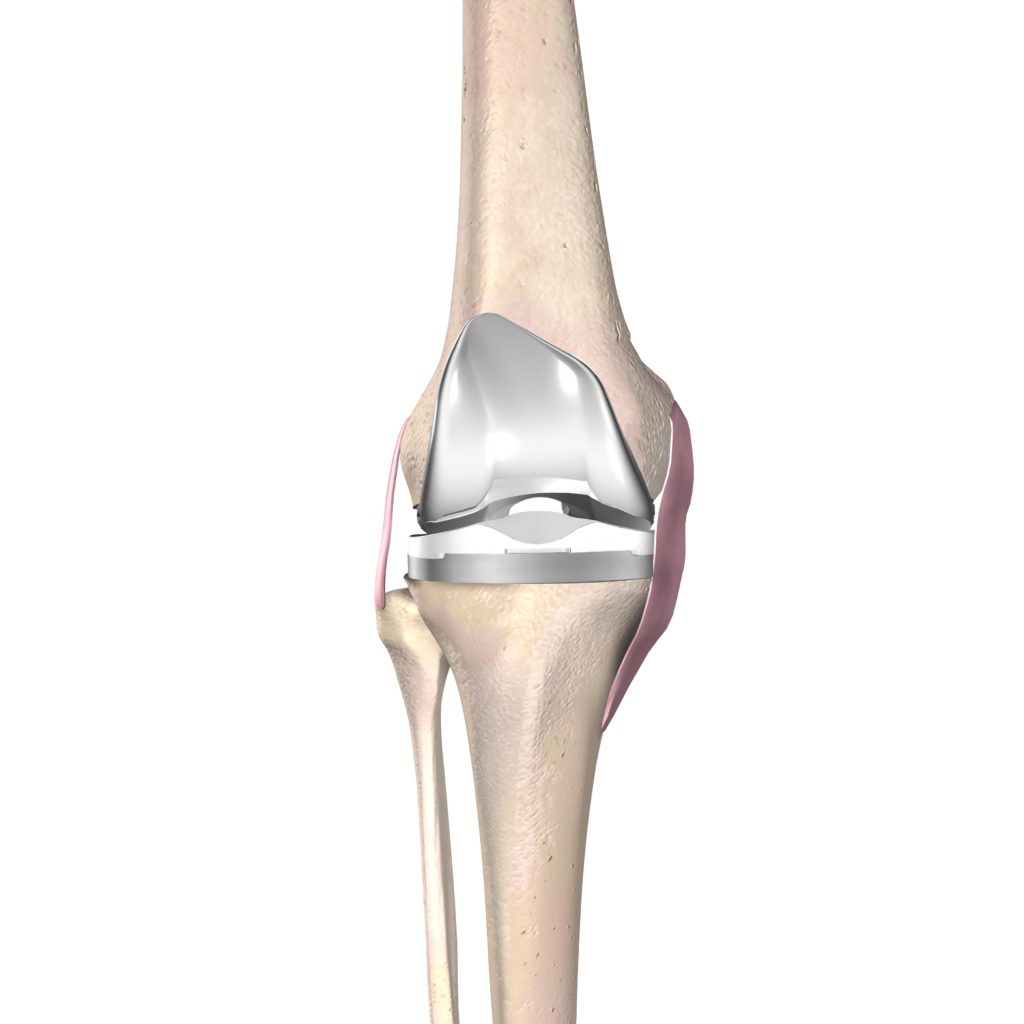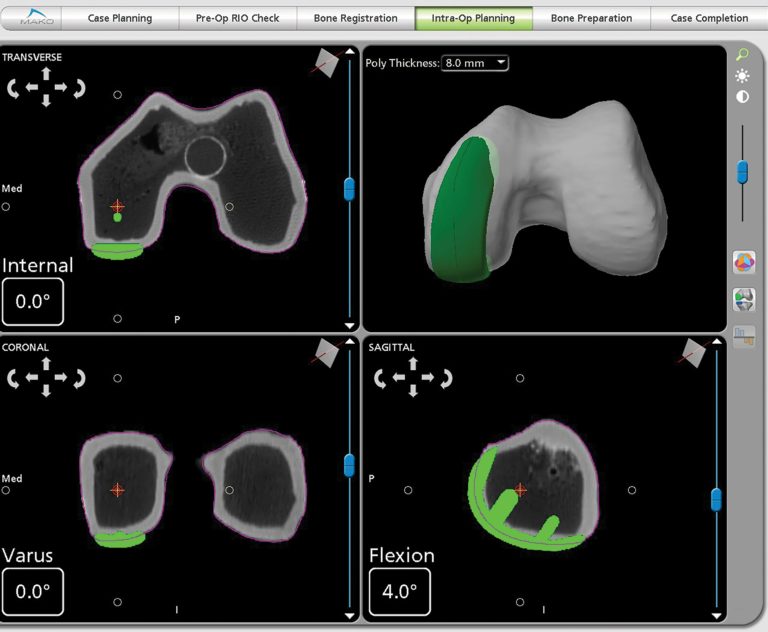Partial Knee Replacement
Partial Knee Replacement
A knee replacement is performed when the cartilage in part or all of your knee has been completely worn away and there is bone on bone arthritis. Most patients need a full knee replacement (TKA), but in patients with only limited areas of a damage a partial knee replacement (UKA) is an excellent treatment option. In partial knee replacement, only the damaged portion of your knee is resurfaced, and the intact cartilage and meniscus in the unaffected area are preserved. Additionally, all four of the major ligaments in your knee are retained, which improves the joint motion and provides a more “natural” feeling knee Dr. Maher performs partial knee replacements with the assistance of the MAKO robotic system, which allows for more accurate implant sizing and positioning during surgery. Patients undergoing partial knee replacement typically go home the same day of their surgery.
If you are interested in partial knee replacement, please contact our New York City office today to be evaluated by Dr. Nolan Maher and discuss treatment options for your knee pain.



PARTIAL KNEE REPLACEMENT F.A.Q.
A partial knee replacement is a shorter operation done through a smaller incision, allowing for a quicker recovery. Additionally, preserving your knees native ligaments provides better joint kinematics and a more natural feeling knee.
If knee replacement surgery was renamed today it would be called knee resurfacing. During surgery we remove the worn out ends of the thigh bone (femur) and shin bone
(tibia) and cap each with a metal implant. We then place a surgical-grade plastic insert between the metal parts. Instead of bone rubbing on bone, your new knee is metal articulating with plastic.
Yes, all patients experience a patch of numbness around the outside area of the knee due to standard placement of the incision. This area usually shrinks down to 1-2 inches by about 6 months after surgery but may never go away completely.
By 2 weeks after surgery you should be able to bend your knee at least 90 degrees. Our goal is for patients to reach 120 degrees of knee flexion when fully recovered. If your knee was very stiff before surgery, the motion may not be significantly improved with surgery but the pain should be improved.
